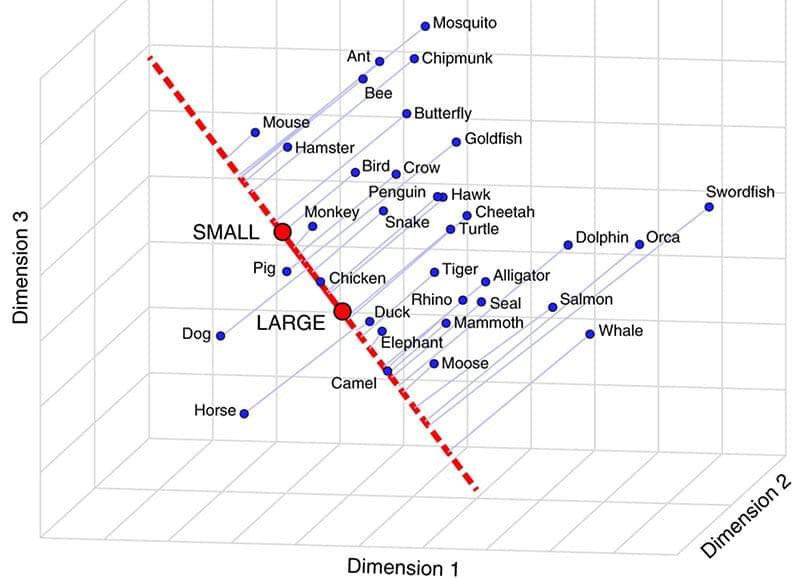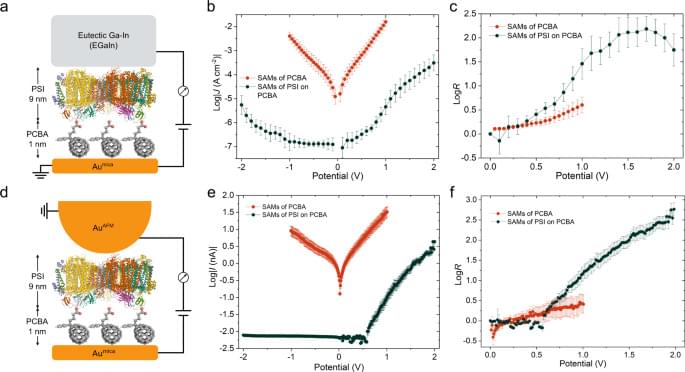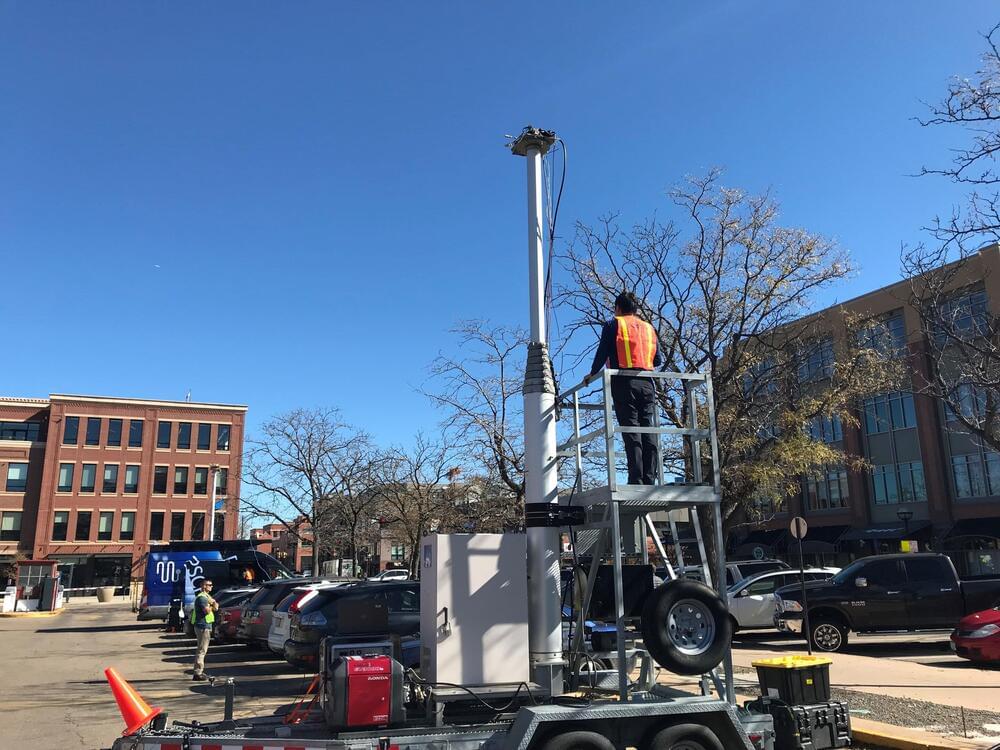
Get the latest international news and world events from around the world.

Dr. Pat Verduin, PhD — Chief Technology Officer — Colgate-Palmolive — Reimagining A Healthier Future
Reimagining A Healthier Future for All — Dr. Pat Verduin PhD, Chief Technology Officer, Colgate, discussing the microbiome, skin and oral care, and healthy aging from a CPG perspective.
Dr. Patricia Verduin, PhD, (https://www.colgatepalmolive.com/en-us/snippet/2021/circle-c…ia-verduin) is Chief Technology Officer for the Colgate-Palmolive Company where she provides leadership for product innovation, clinical science and long-term research and development across their Global Technology Centers’ Research & Development pipeline.
Dr. Verduin joined Colgate Palmolive in 2007 as Vice President, Global R&D. Previously she served as Vice President, Scientific Affairs, for the Grocery Manufacturers Association, and from 2000 to 2006, she held the position of Vice President, Research & Development, at ConAgra Foods.
Dr. Verduin started her career with 17 years at Nabisco, serving in multiple roles, including plant manager and scientist. She earned her undergraduate degree from the University of Delaware, holds an MBA from Fairleigh Dickinson University and a PhD in Food Science from Rutgers University.
Colgate-Palmolive Company (https://www.colgatepalmolive.com/) is an American multinational consumer products company specializing in the production, distribution and provision of household, health care, personal care and veterinary products, with a mission of re-imagining a healthier future for all people, their pets and our planet.

Language processing programs can assign many kinds of information to a single word, like the human brain
From search engines to voice assistants, computers are getting better at understanding what we mean. That’s thanks to language-processing programs that make sense of a staggering number of words, without ever being told explicitly what those words mean. Such programs infer meaning instead through statistics—and a new study reveals that this computational approach can assign many kinds of information to a single word, just like the human brain.
The study, published April 14 in the journal Nature Human Behavior, was co-led by Gabriel Grand, a graduate student in electrical engineering and computer science who is affiliated with MIT’s Computer Science and Artificial Intelligence Laboratory, and Idan Blank Ph.D. ‘16, an assistant professor at the University of California at Los Angeles. The work was supervised by McGovern Institute for Brain Research investigator Ev Fedorenko, a cognitive neuroscientist who studies how the human brain uses and understands language, and Francisco Pereira at the National Institute of Mental Health. Fedorenko says the rich knowledge her team was able to find within computational language models demonstrates just how much can be learned about the world through language alone.
The research team began its analysis of statistics-based language processing models in 2015, when the approach was new. Such models derive meaning by analyzing how often pairs of words co-occur in texts and using those relationships to assess the similarities of words’ meanings. For example, such a program might conclude that “bread” and “apple” are more similar to one another than they are to “notebook,” because “bread” and “apple” are often found in proximity to words like “eat” or “snack,” whereas “notebook” is not.

Meta AI is sharing OPT-175B, the first 175-billion-parameter language model to be made available to the broader AI research community
Large language models — natural language processing (NLP) systems with more than 100 billion parameters — have transformed NLP and AI research over the last few years. Trained on a massive and varied volume of text, they show surprising new capabilities to generate creative text, solve basic math problems, answer reading comprehension questions, and more. While in some cases the public can interact with these models through paid APIs, full research access is still limited to only a few highly resourced labs. This restricted access has limited researchers’ ability to understand how and why these large language models work, hindering progress on efforts to improve their robustness and mitigate known issues such as bias and toxicity.
In line with Meta AI’s commitment to open science, we are sharing Open Pretrained Transformer (OPT-175B), a language model with 175 billion parameters trained on publicly available data sets, to allow for more community engagement in understanding this foundational new technology. For the first time for a language technology system of this size, the release includes both the pretrained models and the code needed to train and use them. To maintain integrity and prevent misuse, we are releasing our model under a noncommercial license to focus on research use cases. Access to the model will be granted to academic researchers; those affiliated with organizations in government, civil society, and academia; along with industry research laboratories around the world.
We believe the entire AI community — academic researchers, civil society, policymakers, and industry — must work together to develop clear guidelines around responsible AI in general and responsible large language models in particular, given their centrality in many downstream language applications. A much broader segment of the AI community needs access to these models in order to conduct reproducible research and collectively drive the field forward. With the release of OPT-175B and smaller-scale baselines, we hope to increase the diversity of voices defining the ethical considerations of such technologies.
Drone Powered by Ion Propulsion Promises Noise Levels Below 70 dB, Uses No Propellers
If there’s one hard-to-ignore annoyance with drones is noise pollution, with these otherwise extremely useful aircraft being quite loud due to their propellers. This Florida-based startup plans to solve that problem and help create a quieter urban environment with its next-generation silent drone.

Cutting the carbon footprint of supercomputing in scientific research
Simon Portegies Zwart, an astrophysicist at Leiden University in the Netherlands, says more efficient coding is vital for making computing greener. While for mathematician and physicist Loïc Lannelongue, the first step is for computer modellers to become more aware of their environmental impacts, which vary significantly depending on the energy mix of the country hosting the supercomputer. Lannelongue, who is based at the University of Cambridge, UK, has developed Green Algorithms, an online tool that enables researchers to estimate the carbon footprint of their computing projects.


Pentagon finds hundreds of cyber vulnerabilities among contractors
“[The program] has long since recognized the benefits of utilizing crowdsourced ethical hackers to add defense-in-depth protection to the DoD Information Networks,” Melissa Vice, interim director of the vulnerability disclosure program, said in a statement.
Vice added that the pilot was intended to identify whether similar critical and high-severity vulnerabilities existed for small-to-medium-cleared and non-cleared defense-industrial base companies with potential risks for critical infrastructure and the U.S. supply chain.
Which contractors were involved was not disclosed. The campaign launched in April 2021 with 14 participating companies and 141 publicly accessible assets to examine. Interest quickly ballooned; 41 companies and nearly 350 assets were eventually admitted. The results were announced May 2.

Religion must not trample on children’s rights, says Ofsted head
The chief inspector of schools in England has told parliament that children’s rights should take priority over religious concerns and schoolgirls should be free from pressure to wear hijabs.
The National Secular Society has welcomed the remarks from Ofsted chief inspector Amanda Spielman, which came in an appearance before the Commons public accounts committee on Wednesday.
Spielman defended a recent assertion that schools should enforce “muscular liberalism” and said religion should not “get priority over all the other protected characteristics”, referring to anti-discrimination protections in equalities legislation.

Wi-Fi may be coming soon to a lamppost near you
As Wi-Fi is deployed more widely in cities, and perhaps at higher frequencies, it may depend on an abundant urban asset: streetlight poles.
To help ensure these networks work well, researchers at the National Institute of Standards and Technology (NIST) have developed and verified a novel model that will help wireless communications providers analyze how high to attach Wi-Fi equipment to light poles.
In general, the NIST team found that the optimal height depends on transmission frequency and antenna design. Attaching equipment at lower heights of around 4 meters is better for traditional wireless systems with omnidirectional antennas, whereas higher locations 6 or 9 meters up are better for the latest systems such as 5G using higher, millimeter-wave frequencies and narrow-beam antennas.